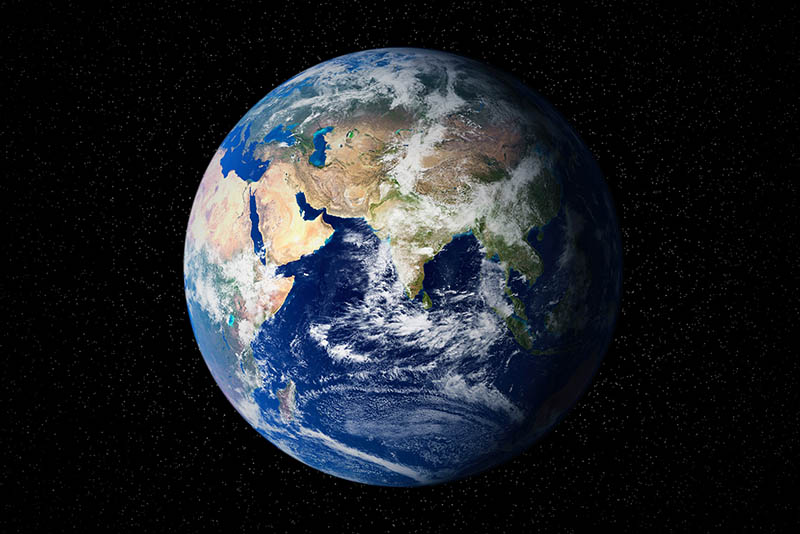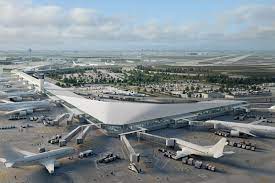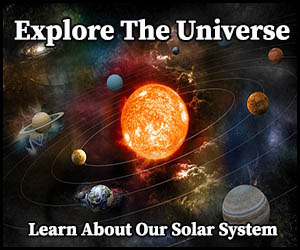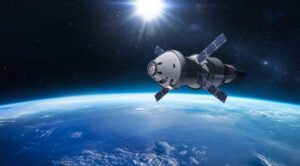Earth, the third planet from the Sun and the only known place in the universe to harbor life, is a fascinating and complex world. Earth is the biggest of the four terrestrial planets, all of which are the closest to the sun and include Mercury, Venus, and Mars. Its unique combination of geological, atmospheric, and environmental conditions has allowed for the development and flourishing of countless species, including humans. This article will explore Earth’s formation, its defining characteristics, and the intricate systems that support life on our home planet.
Earth’s Formation and Evolution
Earth formed approximately 4.6 billion years ago as part of the solar system’s creation from a massive cloud of dust and gas. Over millions of years, the material in this cloud coalesced to form the Sun, the planets, and other celestial bodies. Earth’s early history was marked by intense volcanic activity, the gradual formation of its atmosphere, and the development of its magnetic field.
Over billions of years, Earth has undergone countless transformations, including the formation of continents, the emergence of life, and the development of complex ecosystems. These changes have been driven by a variety of geological and biological processes, such as plate tectonics, erosion, and evolution.
Characteristics of Earth
Earth is an oblate spheroid with a diameter of approximately 12,742 kilometers (7,918 miles). It has a diverse and dynamic surface, consisting of vast oceans, towering mountains, sprawling forests, arid deserts, and frozen polar regions. Earth’s atmosphere, composed primarily of nitrogen, oxygen, and trace amounts of other gases, plays a crucial role in regulating the planet’s temperature and sustaining life.
One of Earth’s most distinguishing features is its ability to support life. Liquid water, an essential ingredient for life as we know it, is abundant on Earth’s surface, covering approximately 71% of the planet. Earth’s location within the solar system’s habitable zone, sometimes referred to as the “Goldilocks zone,” allows for the presence of liquid water and the development of life.
The Complex Systems Supporting Life on Earth
Life on Earth is sustained by a delicate balance of interconnected systems and cycles that work together to maintain the conditions necessary for life. These systems include:
- The water cycle: Earth’s water is constantly circulated through evaporation, condensation, and precipitation, providing a renewable supply of fresh water to the planet’s ecosystems.
- The carbon cycle: Carbon, a key component of all known life, is exchanged between the atmosphere, oceans, and living organisms through processes such as photosynthesis, respiration, and decomposition.
- The nitrogen cycle: Nitrogen, an essential element for life, is cycled through the atmosphere, soil, and living organisms via processes such as nitrogen fixation, assimilation, and denitrification.
- Plate tectonics: The movement of Earth’s lithosphere, or outer shell, is responsible for the formation of continents, mountain ranges, and other geological features, as well as the recycling of Earth’s crust through processes like subduction and volcanic activity.
These systems, along with countless others, work in concert to create the complex web of life on Earth, supporting the planet’s diverse array of species and ecosystems.
Our Home in the Cosmos
Earth, our home in the cosmos, is a unique and remarkable world that has nurtured the development of life over billions of years. Its dynamic and interconnected systems have shaped the planet’s diverse landscapes and fostered the evolution of countless species. As we continue to explore the universe and search for other habitable worlds, Earth stands as a testament to the delicate balance that allows life to thrive and a reminder of the need to cherish and protect our home in the cosmos.










